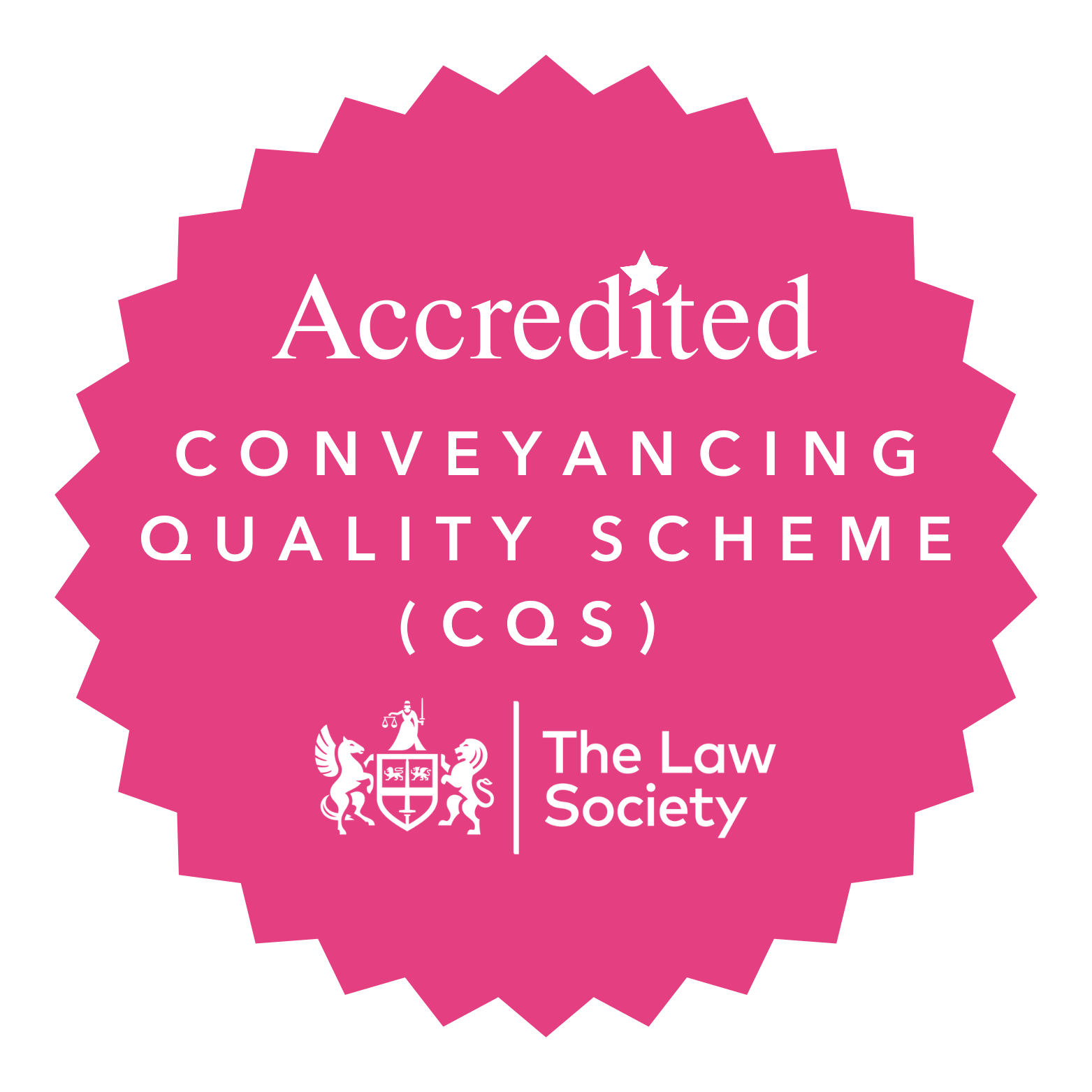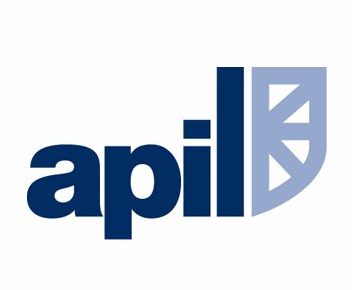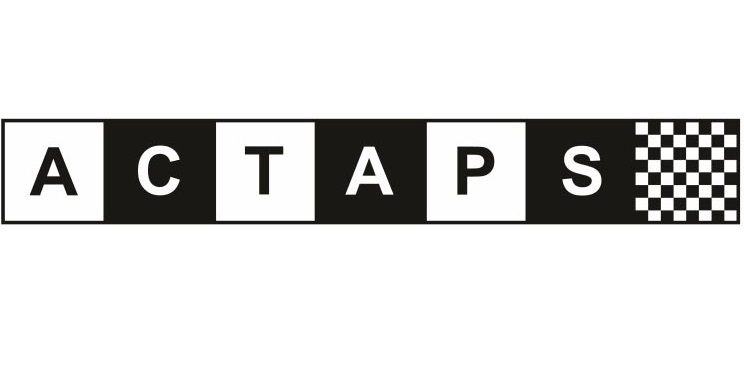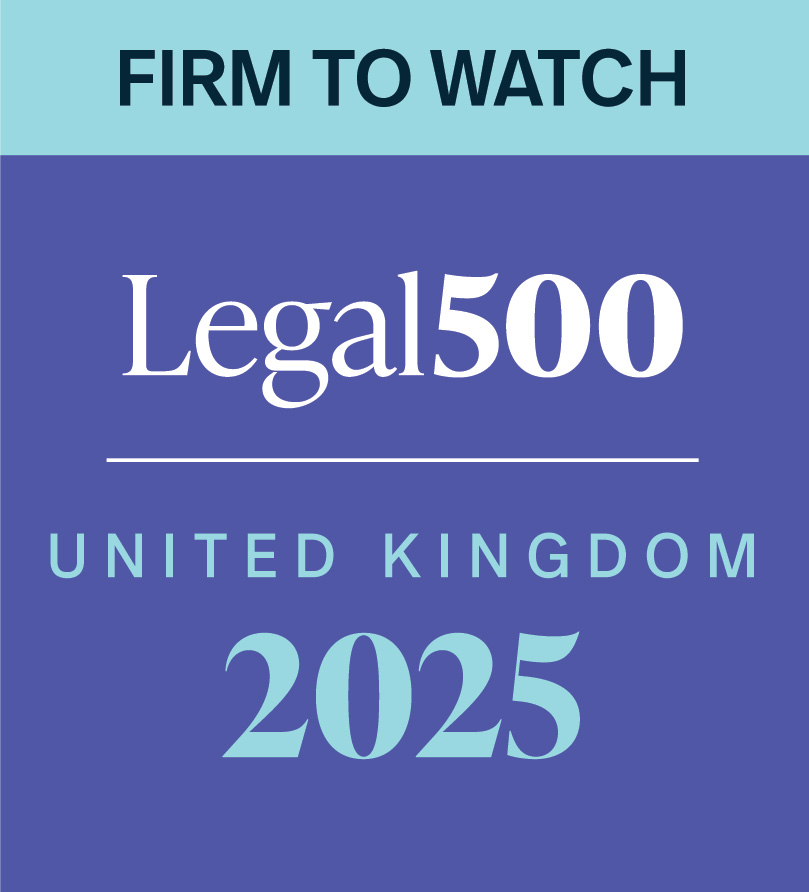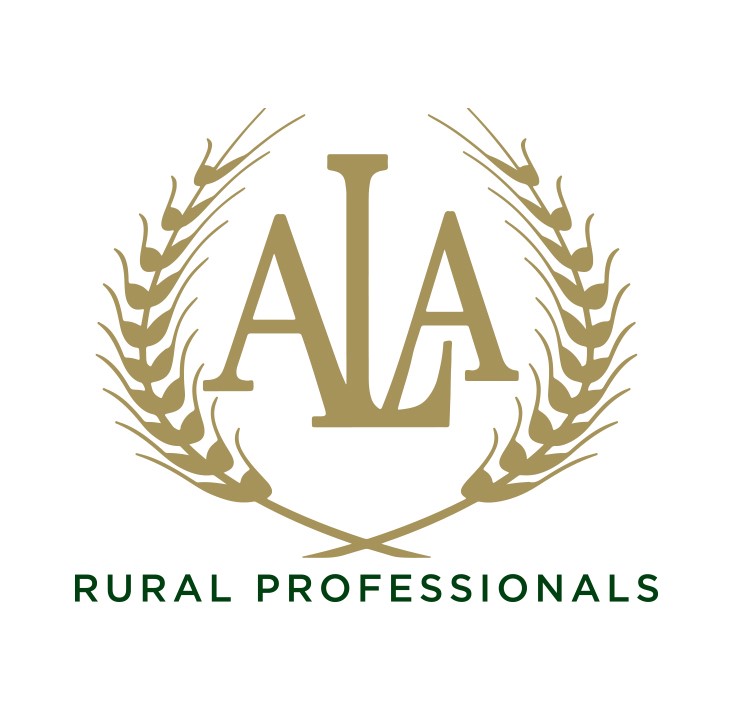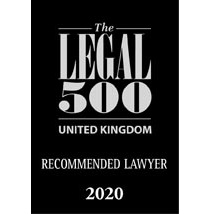Sustainable Drainage Systems: What Developers Needs to Know
When it comes to new developments, an effective drainage system is essential, ensuring a safe, sustainable habitable environment. Developers need to consider measures to effectively manage surface water and excess storm flow to reduce the risk of flooding and pollution from run-offs.
In January 2023, a recent report was published following a review undertaken by The Department of Environment, Food and Rural Affairs (“Defra”) and has confirmed the implementation and introduction of mandatory sustainable drainage systems (SUDs) on all new developments in England. Further consultations will be carried out later this year.
What does this mean for a developer purchaser? The purchaser would need to weigh the practical implications of undertaking such onerous labour. It is important to consider whether the land to be purchased will be suitable for the construction and maintenance of SUDs. This local authority requires sufficient evidence the proposed development will meet the current building standard when making the necessary applications for planning approval. This is quite time consuming and very document intensive. Cost considerations also need to be given to cover issues of construction, drainage plans (including SUDs designs) and fees for ongoing inspection whilst the development is in progress. You will need your solicitor to undertake extensive searches as part of the conveyancing process i.e., specialised desktop utilities search that provide a wider shot of the relevant data in the survey results.
There are legal implications which Developers should consider:-
- Developers should check drainage rights carefully to avoid buying land they may not be able to develop. It is advisable to have drainage rights legally documented, either by way of a deed of easement or the deed transferring the title to the new owner. Your solicitors will need to consider and give legal advice on whether you will need an easement to drain surface water over intervening land (if any), and if there is an existing drainage easement whether your proposed development might to change the structure of the site which could inevitably take it outside the scope of the easement.
- The Developer might also need the consent of a third party to discharge water from the new SUDs to the discharge point e.g., drain, culvert or any other passage if outside the development site. In addition, the cost of maintenance ultimately falls on the person with ownership whether or not SUDs is adopted. You might need to agree a capital contribution to be used towards maintenance of the system and would require legal advice to document this agreement with the relevant party.
In any case, it is important to seek specialist legal advice from a firm who will in turn undertake the relevant legal due diligence to help streamline the planning and conveyancing process before taking or refraining from taking any action. Our brilliant and experienced property team can be contacted on 01553 666600, and will assist you in making the process cost-effective and hassle-free.
This article aims to supply general information, but it is not intended to constitute advice. Every effort is made to ensure that the law referred to is correct at the date of publication and to avoid any statement which may mislead. However, no duty of care is assumed to any person and no liability is accepted for any omission or inaccuracy. Always seek advice specific to your own circumstances. Fraser Dawbarns LLP are always happy to provide such advice.
Related Articles
Recommended By The Legal 500 Directory*
*We are recommended for the following practice areas: Corporate and Commercial, Debt Recovery, Employment, Personal Injury: Claimant, Agriculture and Estates, Contentious Trusts and Probate, Family, Personal Tax, Trusts and Probate & Commercial Property.
ServicesContact





